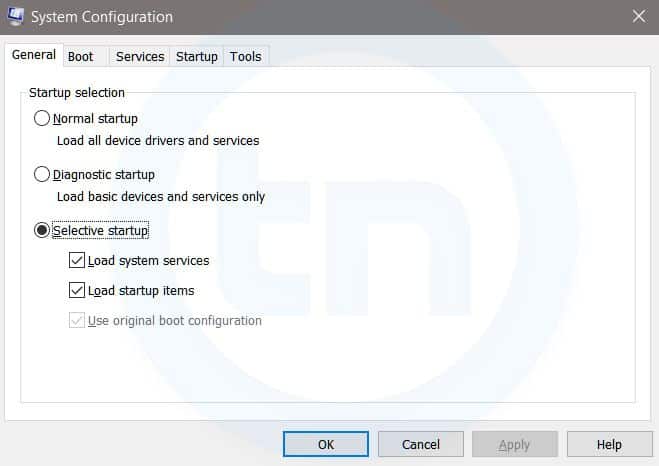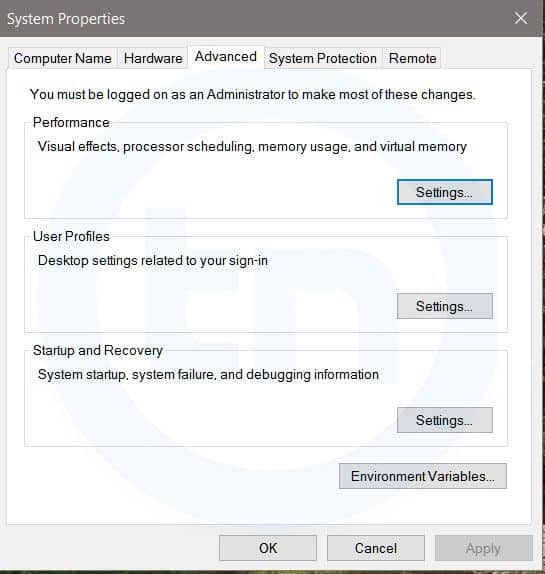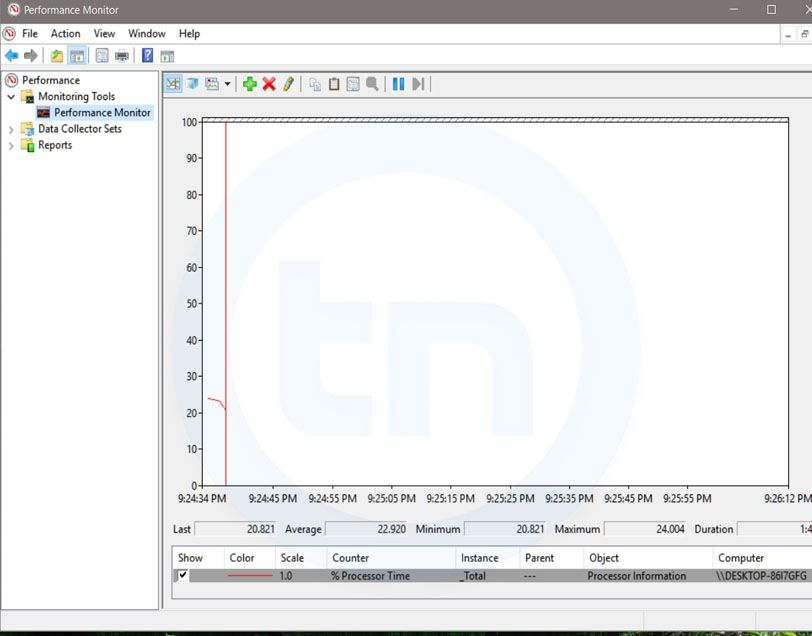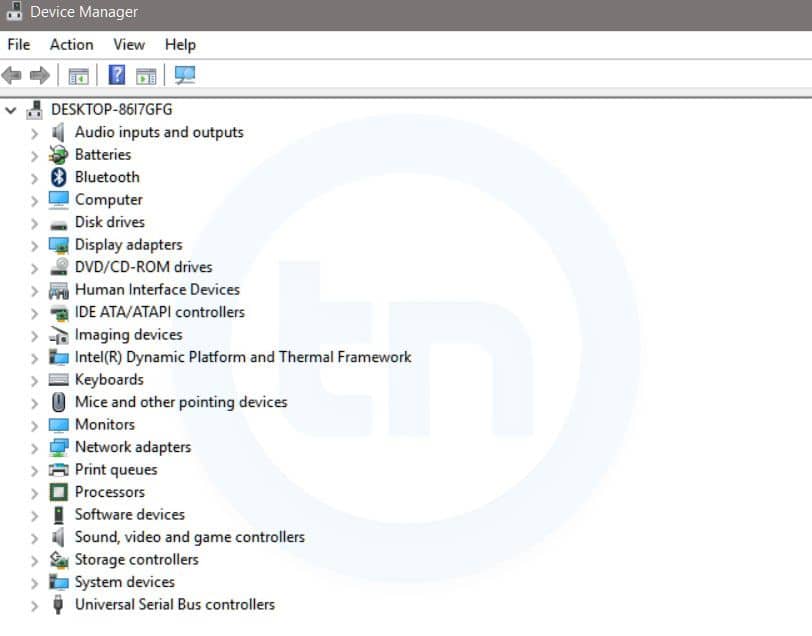When performing a recon on a domain - understanding assets they own is very important. AWS S3 bucket permissions have been confused time and time again, and have allowed for the exposure of sensitive material.
What this tool does, is enumerate S3 bucket names using common patterns I have identified during my time bug hunting and pentesting. Permutations are supported on a root domain name using a custom wordlist. I highly recommend the one packaged within AltDNS.
The following information about every bucket found to exist will be returned:
- List Permission
- Write Permission
- Region the Bucket exists in
- If the bucket has all access disabled
Installation
go get -u github.com/glen-mac/goGetBucketUsage
goGetBucket -m ~/tools/altdns/words.txt -d <domain> -o <output> -i <wordlist>Usage of ./goGetBucket:
-d string
Supplied domain name (used with mutation flag)
-f string
Path to a testfile (default "/tmp/test.file")
-i string
Path to input wordlist to enumerate
-k string
Keyword list (used with mutation flag)
-m string
Path to mutation wordlist (requires domain flag)
-o string
Path to output file to store log
-t int
Number of concurrent threads (default 100)-i) of subdomains for a root domain I am interested in. E.G:www.domain.com
mail.domain.com
dev.domain.com-f) is a file that the script will attempt to store in the bucket to test write permissions. So maybe store your contact information and a warning message if this is performed during a bounty?The keyword list (
-k) is concatenated with the root domain name (-d) and the domain without the TLD to permutate using the supplied permuation wordlist (-m).Be sure not to increase the threads too high (
-t) - as the AWS has API rate limiting that will kick in and start giving an undesired return code.





























